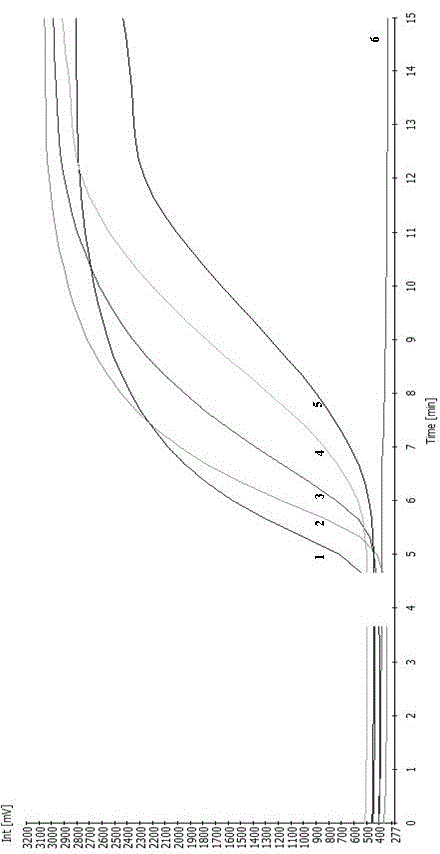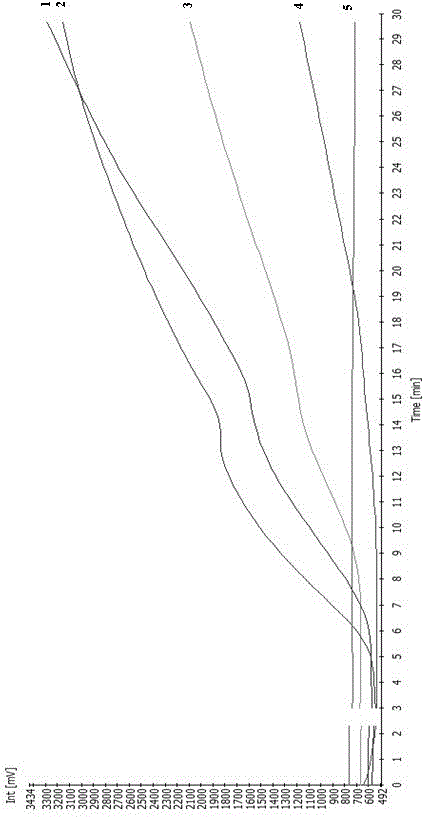RPA (Recombinase Polymerase Amplification) detection method for CrylAb/CrylAc insect-resistant gene
A gene, insect-resistant plant technology, applied in DNA/RNA fragments, biochemical equipment and methods, microbial determination/inspection, etc., can solve the problem of not being able to further meet the rapid detection of genetically modified products
- Summary
- Abstract
- Description
- Claims
- Application Information
AI Technical Summary
Problems solved by technology
Method used
Image
Examples
Embodiment Construction
[0012] The present invention will be further clarified through the detailed description of specific embodiments below, but it is not intended to limit the present invention, but only for illustration.
[0013] For the experimental methods that do not indicate specific conditions in the following examples, generally follow conventional conditions, such as the conditions described in "Molecular Cloning: A Laboratory Manual" (New York: Cold Spring Harbor Laboratory Press, 2001) by Sambrook et al., or according to the conditions of the instrument Or the conditions recommended by the reagent manufacturer.
[0014] First, design primers: according to TT51-1 (Cry1Ab / c, GenBank No. EU880444), Mon531 (Cry1Ac, GenBank No. AR656168), Bt11 (Cry1Ab, GenBank No. GV597352) and Mon15985 (Cry1Ac, GenBank No. EA135632) four Compare the different insect resistance gene sequences contained in different materials and design universal primers and probes in the conserved regions. RPA requires a pri...
PUM
 Login to View More
Login to View More Abstract
Description
Claims
Application Information
 Login to View More
Login to View More - R&D
- Intellectual Property
- Life Sciences
- Materials
- Tech Scout
- Unparalleled Data Quality
- Higher Quality Content
- 60% Fewer Hallucinations
Browse by: Latest US Patents, China's latest patents, Technical Efficacy Thesaurus, Application Domain, Technology Topic, Popular Technical Reports.
© 2025 PatSnap. All rights reserved.Legal|Privacy policy|Modern Slavery Act Transparency Statement|Sitemap|About US| Contact US: help@patsnap.com



